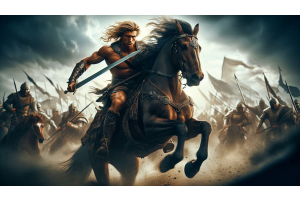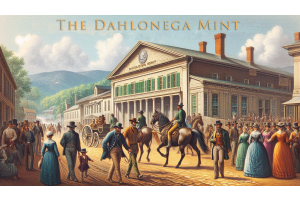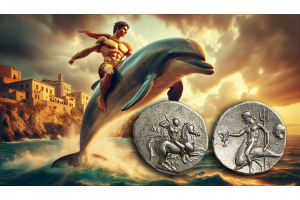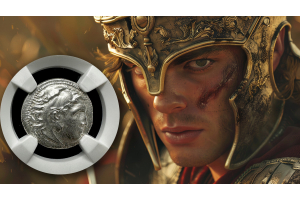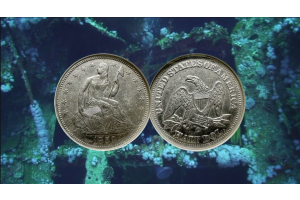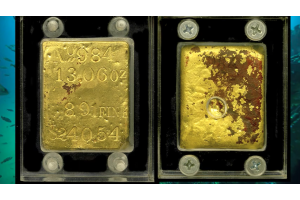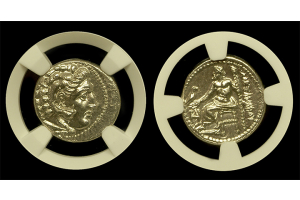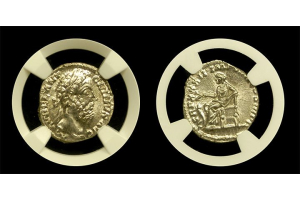Mexico in 1881
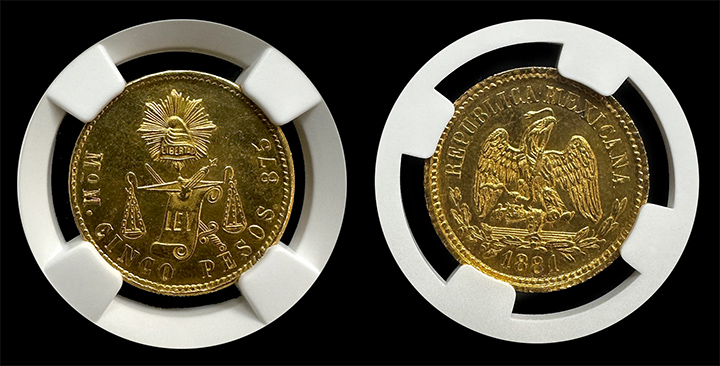
Mexico in 1881: A Snapshot of History
Mexico in 1881 marked a significant point in Mexican history, an era defined by political upheaval, economic transformation, and cultural vibrancy. Let's delve into the historical events and social fabric of Mexico during this remarkable year.
Mexican Political Landscape in 1881
In 1881, Mexico was under the long and controversial rule of Porfirio Díaz. Díaz had first come to power in 1876 and would go on to dominate Mexican politics for several decades. His autocratic rule, known as the Porfiriato, was distinguished by modernization. Díaz aimed to attract foreign investment and develop the country's infrastructure, bringing Mexico into the modern age. Meanwhile, his presidency was marred by political repression and the suppression of opposition. These contrasting aspects of his leadership would eventually lead to political tensions and the outbreak of the Mexican Revolution in 1910.
Economic Transformation and Growth
The late 19th century was a period of economic change and growth for Mexico. Díaz's policies aimed to encourage foreign investment, particularly in industries like mining and agriculture. Mexico's rich natural resources, including silver and gold, attracted foreign companies. The era also witnessed the expansion of the Mexican railway network, which facilitated trade and transportation within the country. Markedly, the economic transformation of the time laid the groundwork for the Mexican economy's future development.
Economically, Mexico was undergoing shifts in 1881. The Porfiriato era was characterized by an outward-looking economic policy, aiming to attract foreign investment and encourage the development of infrastructure. These changes led to the construction of railroads, telegraph lines, and industrialization, particularly in the textile industry. However, these advances came at a cost; they often exacerbated the social inequalities and discontent would contribute to reasons for the Mexican Revolution.
Cultural Vibrancy and National Identity
Amid the political and economic changes, Mexican culture flourished in 1881. Art and literature saw a surge in creativity, reflecting the vibrancy of Mexican identity. in fact, artists like José Guadalupe Posada produced iconic imagery. This includes the depictions of calaveras (skeletons), which eventually came to represent Day of the Dead celebrations. Literature also blossomed, with works like "El Zarco" by Ignacio Manuel Altamirano exploring themes of love and violence in Mexican society.
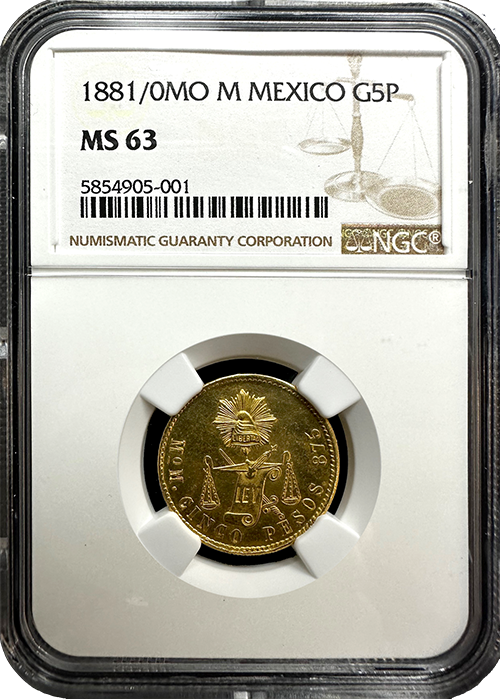 Mexico 5 Peso Gold Coin from 1881
Mexico 5 Peso Gold Coin from 1881
The Mexico 5 Peso Gold Coin from 1881 is a tangible link to this era of Mexican history. Minted in Mexico City during Díaz's rule, this coin carries the symbolism of the time. The scale on the obverse represents the nation's desire for justice. Additionally, the heraldic eagle on the reverse reflects the national identity of Mexico. This coin, with its historical significance and gold content, is a testament to Mexico's journey from the 19th century into the modern age.
Final Thoughts
Mexico in 1881 was a time of transformation, where politics, economics, and culture intertwined to shape the nation's destiny. It was an era of contrasts, with progress and repression side by side. This era is best captured by the gold 5-peso coin from Mexico issued in 1881. The hopes and identity of a nation on the verge of transition were most crucially portrayed.





